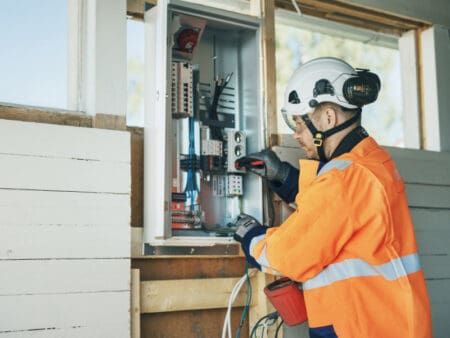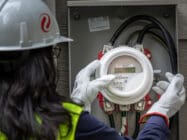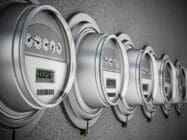
Finnish distribution system operator (DSO) Caruna has started the deployment of smart meters with a home area network (HAN) port.
The next-generation smart meters with HAN capability are designed to bring a new level of functionality to the meters for both the utility and its customers.
The new meters transmit data on consumption, production, current, voltage and power every 10 seconds.
With the HAN connection, which must be activated on request, customers are able to able to connect a separate terminal device with which they can monitor their consumption in real time.
Have you read?
Finland’s Vaasa Sähköverkko to instal 65,000 smart meters
EV-based BESS to balance Finnish and Norse demand
“Our customers are very active in monitoring electricity consumption and production and we have already received inquiries about the home automation connection, so this is expected,” says Antti Kirjola, who is responsible for metering assets at Caruna.
“Small producers of electricity and electric car drivers have been particularly interested.”
With the HAN port, the implementation of home energy management, including self-generation and electric vehicle charging is facilitated.
While there are few consumer-oriented devices currently on the market that can utilise the port, Caruna anticipates the number to increase.
Caruna is initially installing the new generation meters in new residential buildings but also will undertake installations from customers on request.
Caruna, the largest DSO in Finland, is comprised of two network companies, Caruna Oy, which operates mainly in rural areas, and Caruna Espoo Oy, which operates in the urban areas.
Together they have approximately 726,000 customers in the south, southwest and west of Finland as well as in the city of Joensuu and the regions of Koillismaa and Satakunta.
The Finnish electrotechnical standards organisation Sesko’s recommendation for the HAN port defines the data to be transferred, but not its use in order to enable electricity vendors, external operators and customers to develop and implement independent applications and solutions.
The recommendation also requires the port to be one-way communication, with physical solutions used to prevent intrusion into the meter software or interference with its functions through the port, for data security as many of the electricity meters are in unlocked outdoor switchboards and similar places.








